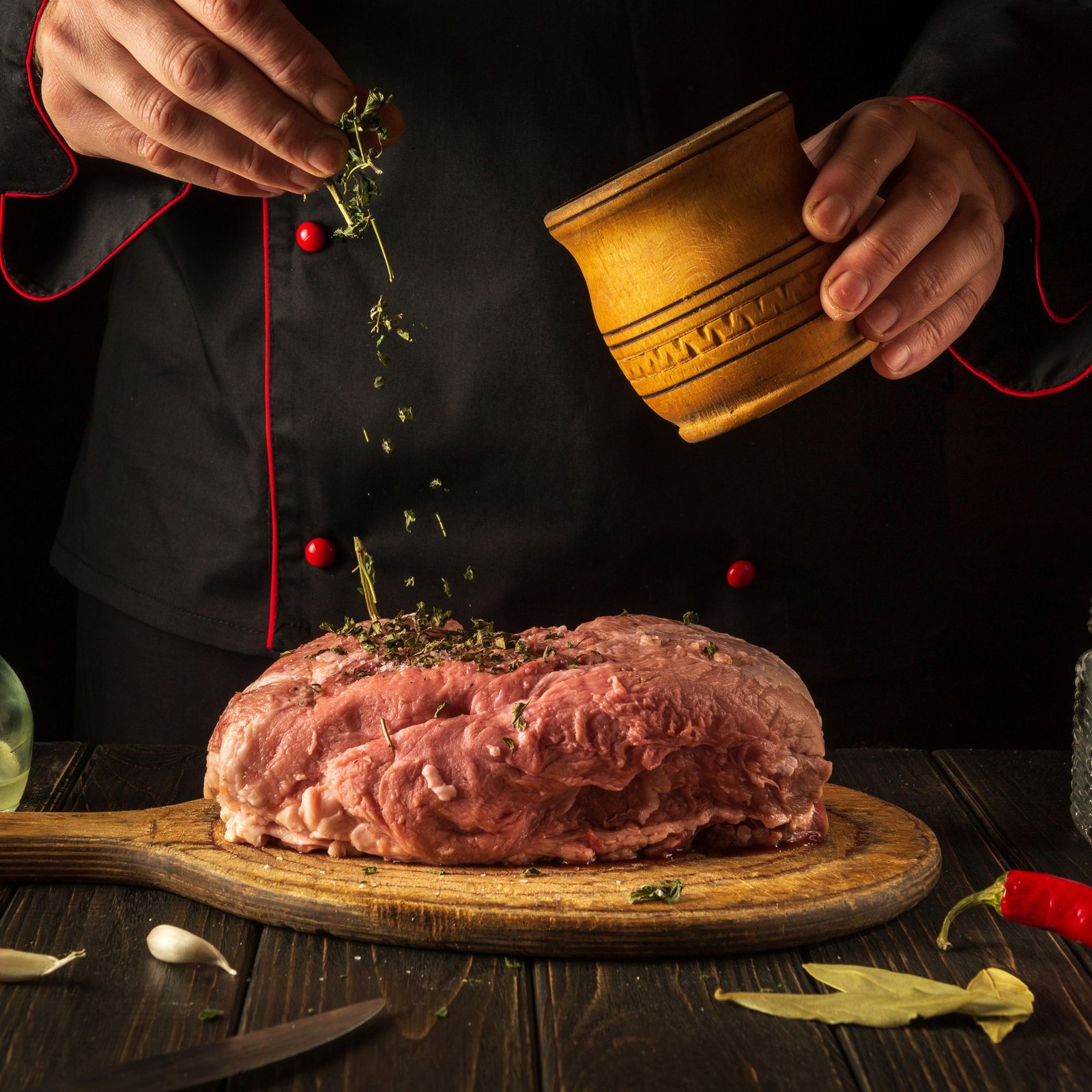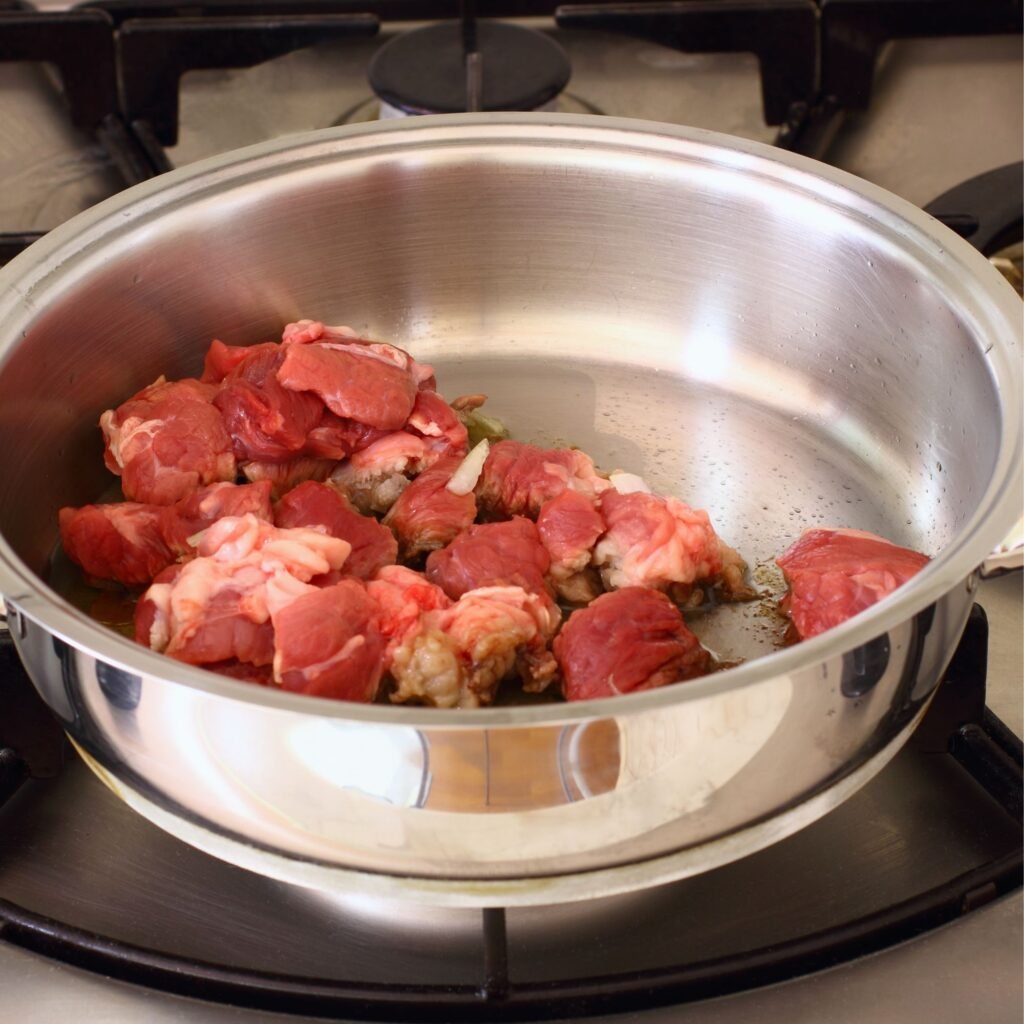
The carnivore diet has captured the attention of health enthusiasts worldwide, promising a return to simpler, animal-based nutrition. Yet, while many are familiar with the benefits of consuming only animal products, mastering the art of cooking on this diet can be the key to long-term success. Whether you’re a seasoned carnivore or new to this lifestyle, understanding the best cooking techniques will not only enhance the flavors of your meals but also ensure you’re getting the most out of every bite.
What are the Essential Cooking Techniques for the Carnivore Diet?
When embarking on the carnivore diet, simplicity is key, but that doesn’t mean your meals have to be bland or boring. The core principle of the carnivore diet is consuming only animal-based products: meat, fish, eggs, and animal fats, eliminating fruits, vegetables, grains, and legumes. The following cooking techniques ensure that you’re getting the most flavor, nutrition, and satisfaction from your meals:
1. Grilling:
Grilling is a cornerstone technique for the carnivore diet. Whether you’re cooking steak, chicken, or even fish, grilling imparts a rich, smoky flavor that enhances the natural taste of meat. High heat sears the outside while locking in the moisture inside, preserving tenderness and juiciness.
Best practice tip: Opt for high-quality cuts of meat, like ribeye or T-bone, and season simply with salt. Let the meat speak for itself.
2. Searing:
Searing is all about creating that delicious crust on the outside of your meat. High heat and a quick cooking time lock in the juices while giving your meal an impressive texture contrast. It’s perfect for steaks, lamb chops, or even pork.
Best practice tip: Heat your skillet until it’s smoking hot, add a bit of animal fat (tallow or lard), and let the meat develop a golden-brown crust before flipping.
3. Roasting:
Roasting is ideal for larger cuts of meat, like whole chicken, beef roasts, or pork shoulder. This method allows for even cooking and works well when feeding a family or meal-prepping for the week.
Best practice tip: Preheat your oven to a high temperature (around 450°F), and then reduce it after the first 15 minutes to ensure even cooking throughout the meat.
4. Braising:
Braising involves slow-cooking tougher cuts of meat in their fat or broth, resulting in incredibly tender and flavorful dishes. It’s especially beneficial for cuts like brisket or short ribs, which require longer cooking times to break down connective tissues.
Best practice tip: Use beef broth or bone broth as your braising liquid. Not only will it add extra flavor, but it’s also packed with nutrients that support joint health and digestion, perfect for carnivores!
5. Sous Vide:
Sous vide cooking is an excellent method for anyone looking for precision. You can control the temperature and cook your meat evenly without the risk of overcooking. It’s a favorite among carnivores who want their steaks cooked to perfection every time.
Best practice tip: After cooking sous vide, finish the meat by searing it in a hot skillet to create a crispy, flavorful exterior.
Where Can You Practice These Cooking Techniques?
While the carnivore diet might sound like it requires specialized cooking spaces, you can use these techniques in your home kitchen, at a backyard barbecue, or even in a more minimalist camping setup. Let’s explore some of the best locations to practice these carnivore-approved cooking techniques.
1. At Home:
The kitchen is the most common place to hone your carnivore cooking skills. With a few key tools—like a cast-iron skillet, grill, or slow cooker, you can create a variety of meals that adhere to the diet. Additionally, having access to modern kitchen appliances like sous vide machines can elevate your cooking.
2. Outdoor Grilling:
For many, grilling is the best way to enjoy meat while embracing the carnivore lifestyle. Whether you’re using a gas grill or an old-fashioned charcoal setup, outdoor grilling adds a depth of flavor that can’t be replicated indoors. Plus, it’s perfect for social gatherings with fellow carnivores!
3. Camping and Wilderness Cooking:
For the adventurous carnivores out there, cooking in the great outdoors is a rewarding experience. Techniques like open-fire grilling or spit-roasting bring a primal feel to your meals, connecting you with nature in a unique way.
Bonus Tip: Practice minimalism by bringing only the essentials—high-quality meats, salt, and a few cooking tools like skewers or a cast-iron pan.


When is the Best Time to Master Cooking on the Carnivore Diet?
Starting a new diet can be overwhelming, but when it comes to the carnivore diet, mastering your cooking techniques as early as possible will set you up for success. Here’s when you should focus on refining these skills:
1. Right from the Start:
When transitioning to the carnivore diet, it’s crucial to learn how to cook meat properly. Beginners should start by focusing on simple cooking methods like grilling and roasting. These techniques are easy to master and require minimal prep work.
2. During Social Gatherings:
The carnivore diet can often feel isolated in social settings where people indulge in carb-heavy meals. Knowing how to grill or sear a steak perfectly allows you to bring your food to gatherings and showcase the deliciousness of the carnivore lifestyle.
3. Long-Term Carnivore:
As you progress on the carnivore diet, you may want to diversify your cooking techniques. At this stage, exploring sous vide, slow braising, or even experimenting with homemade cured meats can add variety to your meals and keep the diet exciting.
Why Should You Master Cooking Techniques on the Carnivore Diet?
Understanding why these cooking techniques are essential is key to maintaining long-term success on the carnivore diet. Let’s break down the top reasons:
1. Unlock Maximum Flavor:
Cooking techniques like grilling and searing elevate the natural flavors of the meat, ensuring your meals are always satisfying. With the carnivore diet relying heavily on high-quality animal products, these methods help you make the most of your ingredients.
2. Ensure Nutrient Retention:
Some cooking methods can lead to the loss of valuable nutrients. Techniques like sous vide and braising allow you to preserve nutrients like amino acids, vitamins, and minerals while still enjoying tender, flavorful meat.
3. Enhance Your Wellness Journey:
Cooking isn’t just about nourishment, it’s about nurturing your well-being. By mastering these techniques, you’re fueling your body with nutrient-dense meals that support your physical health. Coupling this with holistic practices, such as the distant energy healing services from the Holistic Art Studio on Etsy, can provide a holistic approach to your overall well-being. These affordable healing services tap into the power of energy work, supporting your physical, emotional, and spiritual balance as you embark on your carnivore diet journey.
Cooking on the carnivore diet is an art form that goes beyond basic grilling or frying. By mastering a variety of techniques, from searing to braising, you’ll not only enhance the taste of your meals but also support your body with nutrient-dense, flavorful foods. Whether you’re cooking at home, grilling outdoors, or embracing wilderness cooking, these methods will ensure your carnivore meals are always a highlight.
And remember, wellness isn’t just about what you eat, it’s also about how you feel. Incorporating holistic healing practices, like the distant healing services from the Holistic Art Studio on Etsy, can provide that extra layer of support, ensuring your physical, mental, and spiritual well-being as you thrive on the carnivore diet.
By combining the power of expertly prepared meals with affordable holistic healing, you’re setting yourself up for success in both body and mind.

In the Spotlight

Carnivore Cure is the first elimination protocol to explain how to adopt a meat-based diet to bring about healing.
READ MORE
